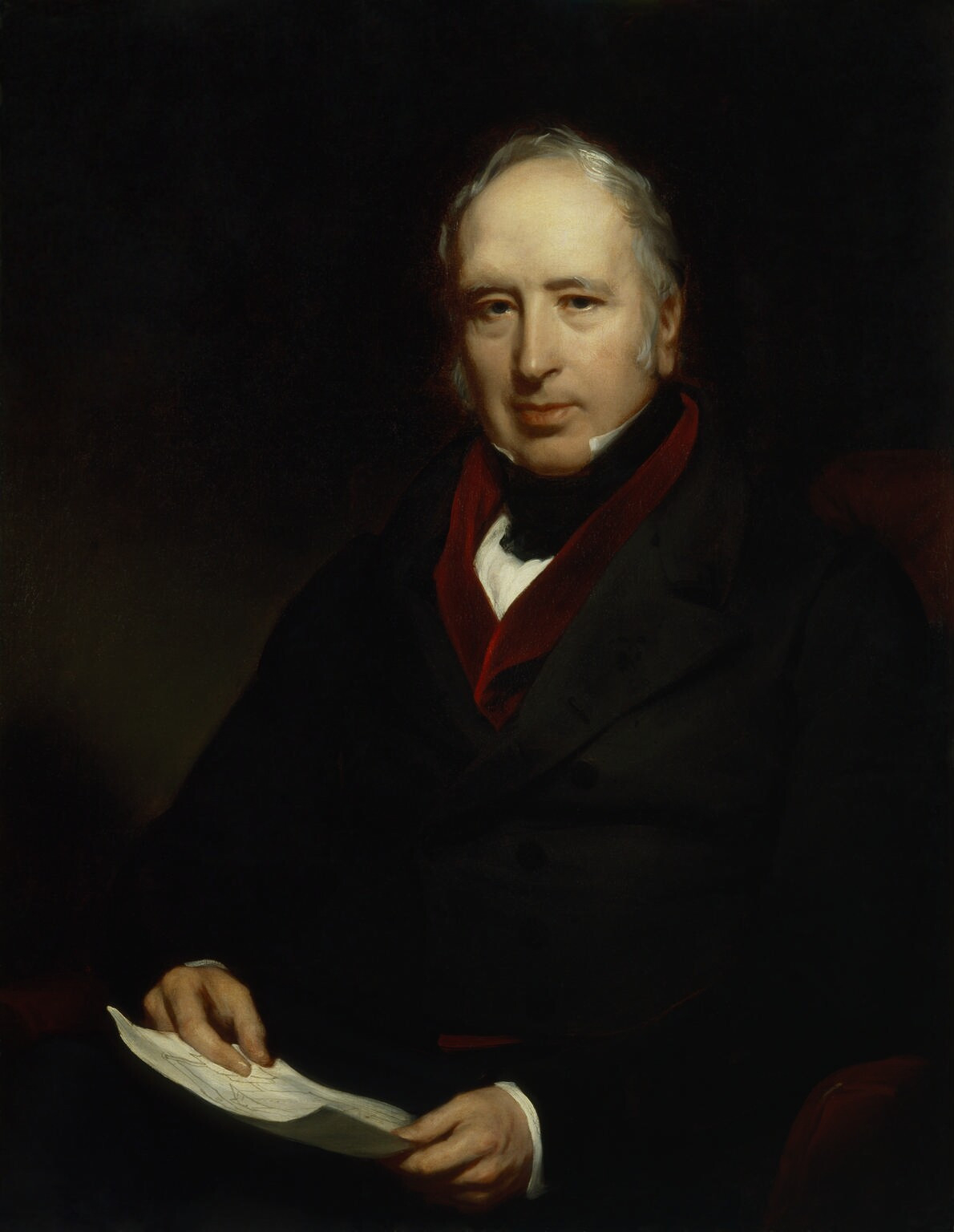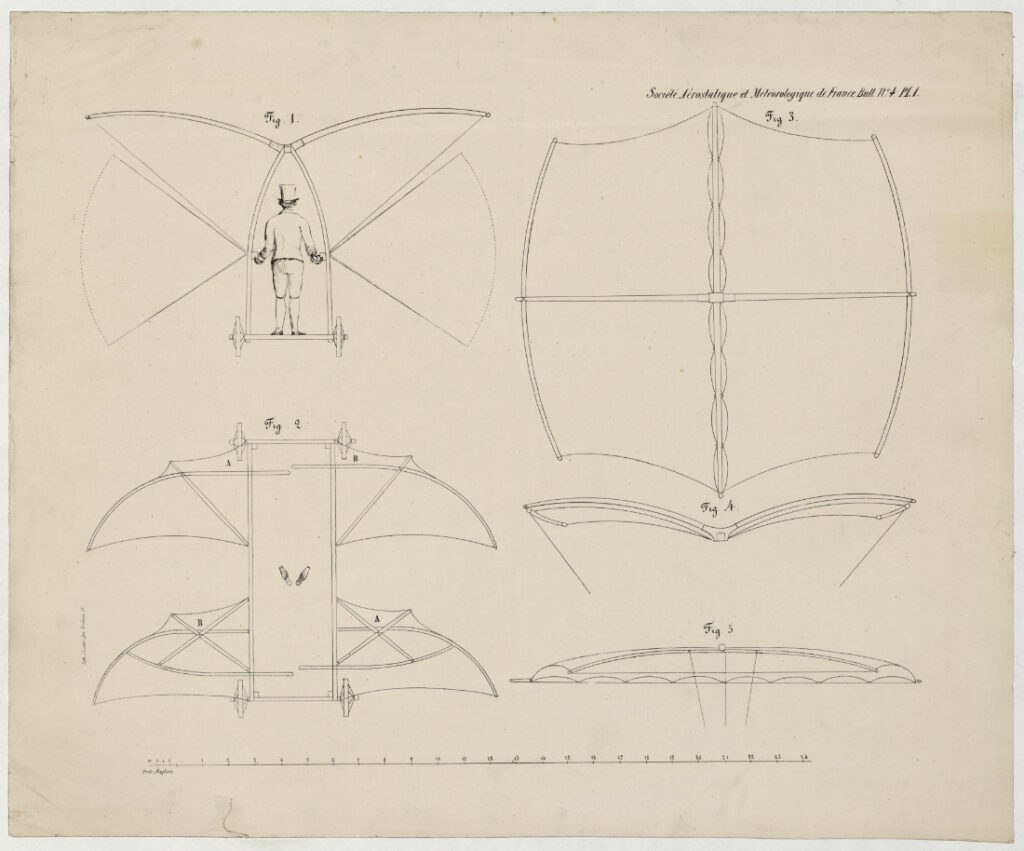 On 27th December 1773, Sir George Cayley, the 6th holder of the Cayley Baronetcy and ´the father of aviation´, was born in Scarborough, England.
On 27th December 1773, Sir George Cayley, the 6th holder of the Cayley Baronetcy and ´the father of aviation´, was born in Scarborough, England.
From his early years, Cayley was fascinated by engineering, including the theory of flight. He quickly turned out to be a talented inventor, experimenter and researcher in a broad range of fields.
George Cayley was a founder member of the Yorkshire Philosophical Society and the Scarborough Philosophical Society. In addition, he was one of founders of the British Association for the Advancement of Science.
The list of Cayley´s inventions and patents is more than impressive and includes self-righting lifeboat, caterpillar tractor, railway signalisation equipment, seat belts, the so-called gunpowder engine (a predecessor of internal combustion engine), hot-air engine and tension-spoke wheels. Moreover, he also was active in prosthetics, optics, architecture, ballistics, acoustics, railway engineering, aerial navigation and electricity, leaving a lasting legacy in all the aforementioned areas. Nevertheless, Cayley´s most important achievement was his contribution to aviation, especially the manned flight.
Over the years, Cayley studied the aerodynamics of flight, as well as performed several related tests and experiments. Already in 1799, he published his conclusions about heavier-than-air aircraft. The British inventor defined all the four forces acting on the aircraft in flight – drag, lift, thrust and weight, pointing that lift should balance weight and thrust must overcome drag. According to Cayley, an aeroplane would be able to fly if made as a fixed-wing aircraft, with separate systems for lift, propulsion and control.
Then, Cayley´s experiments focused on development of a cambered airfoil, studying dihedral angle and flight stability, as well as importance of the centre of gravity. He used all physics principles he discovered to create model gliders and made them fly.
The first written record about the successful flight of Cayley´s glider is dated 1804. Sometime in the 1840s, he reportedly built a biplane that performed a successful flight with a ten-year-old boy on board. Also at the same time, Cayley invented a flying machine of convertiplane configuration.

In 1853, Cayley developed a full-scale glider that made a short, manned flight. Regrettably, the name of the first adult aviator is not known, and it is believed the man who board the glider was one of Cayley´s employees (however, some historians claim it was his grandson). The glider was launched being drawn by a galloping horse and, according to witnesses, flew about 900 feet with the scared man seated in it.
The aforementioned event from 1853 is widely considered the first recorded flight of a fixed-wing, heavier-than-air aircraft with an adult person on board. Regrettably, it was also a pinnacle of Calyley´s aviation development. Aged 80, he slowly retired from further work on flying machines.
George Cayley died four years later, on 15th December 1857, and shortly before his eighty-fourth birthday.
Perhaps, if it was not for his advanced age, the first flight of powered, heavier-than-air aircraft would occur already in the middle of the 19th century. Because the only factor that limited Cayley´s development was lack of light and enough powerful engine. Nevertheless, taking into consideration his exceptional engineering skills, he would probably focus on the powerplant for his gliders as the next step.
George Cayley is, deservedly, often being called ´the father of aviation´. His lifelong achievements in heavier-than-air aircraft and principles of flight were the basis of further developments and, finally, allowed the aeroplane to be constructed.
Regrettably, both Cayley and his works dimmed into obscurity. One of the reasons was his developments were much ahead-of-time. Despite the English engineer and his inventions, the humanity needed almost another century to build an airworthy powered aeroplane, considered the turning point that launched the aviation development as we know today.
Nowadays, Cayley´s name is usually known only to some historians and aviation enthusiasts, and the first manned flight is commonly associated with the Wright Brothers.
Interesting fact is that, in 1909, Wilbur Wright emphasised the importance of Cayley´s development, saying that ´About one hundred years ago, an Englishman, Sir George Cayley, carried the science of flight to a point which it had never reached before and which it scarcely reached again during the last century´¹.

¹ source: https://www.ctie.monash.edu.au/hargrave/cayley.html
Cover photo: Illustration of Cayley´s glider, Mechanics’ Magazine, September 1852



